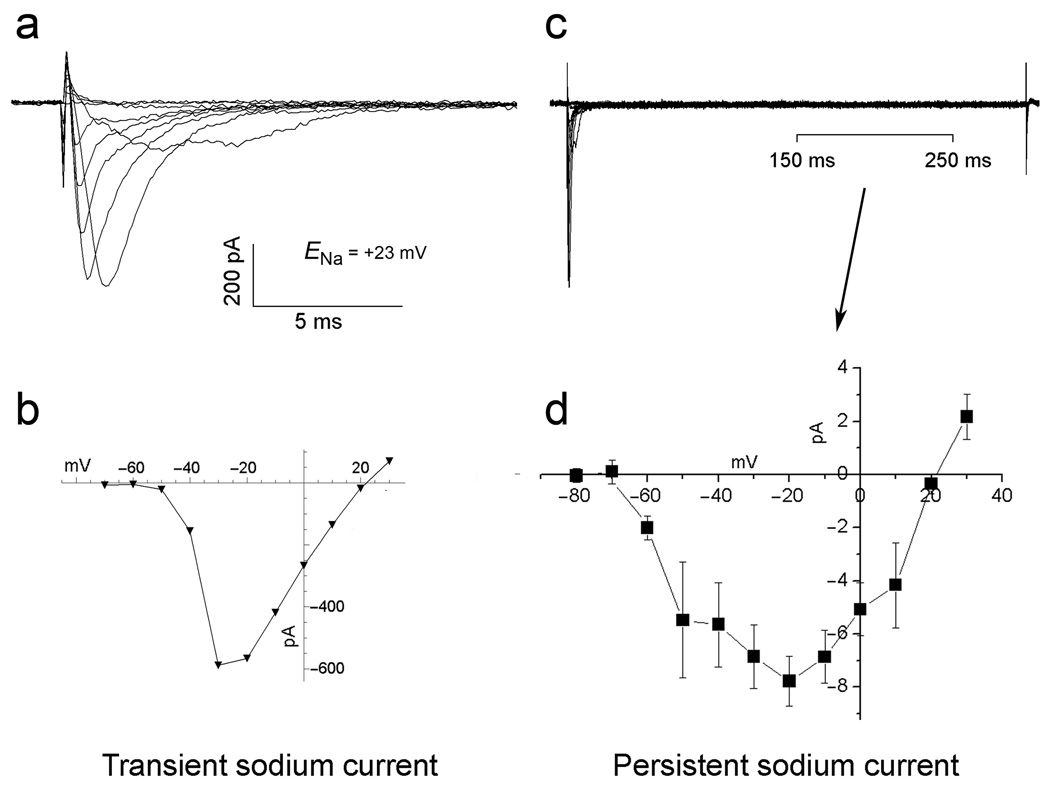Figure 4. Transient and persistent Na+ currents in MSNs.
a,b Transient Na+ current. b,c persistent inward Na+ current. The persistent Na+ current was plotted as the mean current during the 150–250 ms interval after the transient inward Na+ current, as indicated in “c” (n=3). 100 mM cesium ion was used in the internal pipette solution and 40 mM TEA was used in the extracellular saline to block the potassium conductances. To isolate the TTX-sensitive components, we recorded currents before and after applying TTX; we then subtracted the residual currents after TTX from the currents recorded before TTX application. Thus, the currents shown represent both the TTX-sensitive transient and persistent components. The internal pipette solution contained 40 mM Na+ to reduce the driving force of Na+ and gain better voltage control. This also reduced the amplitudes of the currents. The approximate Na+ equilibrium potential was +23 mV. Standard errors are shown.

